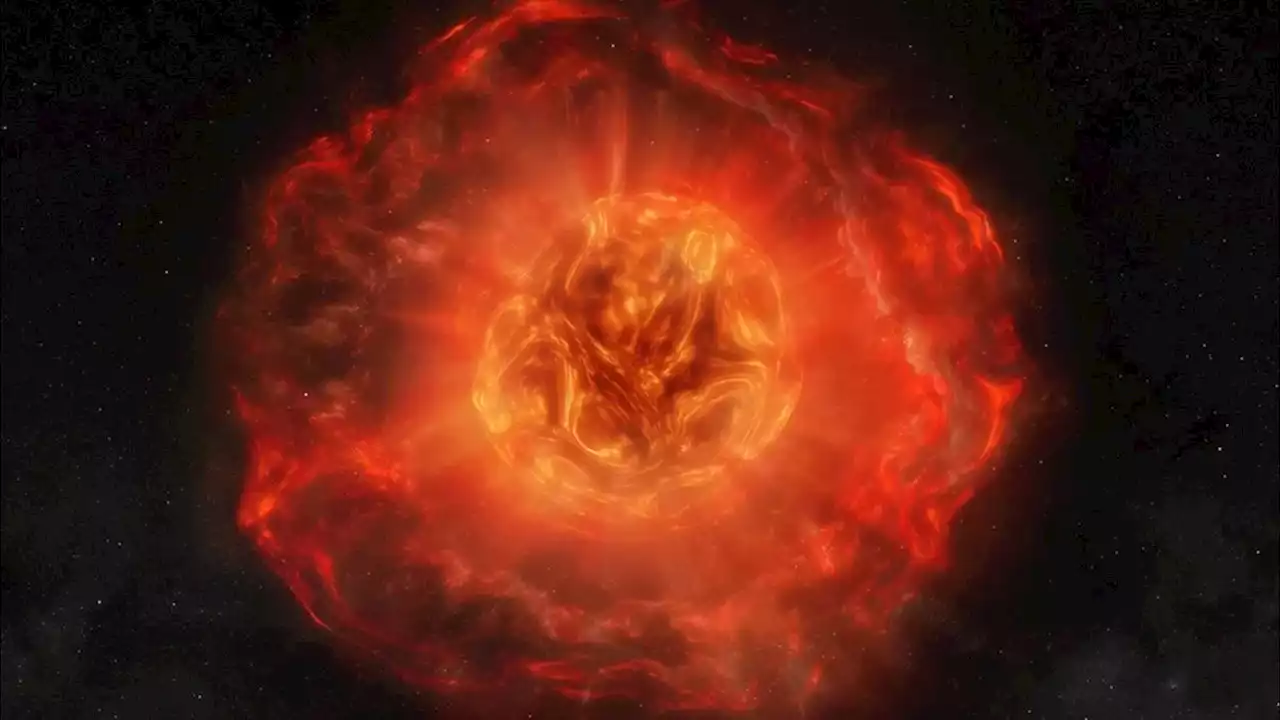Too long has the mirror ball been overlooked as a scientific instrument.
A group of astronomers have called for more disco balls to be installed in observatories and scientific facilities to better observe the Sun.journal, a group of astronomers from Sweden argues that mirror balls could be an “easy and fun” way for multiple people to observe the Sun safely and urged observatories and scientific facilities to install more of them.
“Unlike more traditional solar projection tools like pinhole projectors and colanders, the disco ball spreads its solar images across a room, producing recognizable solar disks from distances of about two meters and onwards.” “This makes the disco ball a more accessible tool for larger or socially distanced groups. It is also possible to observe large sunspots with a disco ball with small enough mirror segments,” add the researchers.
United States Latest News, United States Headlines
Similar News:You can also read news stories similar to this one that we have collected from other news sources.
 Astronomers are Working to Put a Radio Telescope on the Far Side of the Moon by 2025Technicians at Berkeley Lab are building an experiment that will conduct radio astronomy on the far side of the Moon starting in 2025!
Astronomers are Working to Put a Radio Telescope on the Far Side of the Moon by 2025Technicians at Berkeley Lab are building an experiment that will conduct radio astronomy on the far side of the Moon starting in 2025!
Read more »
 'Significant and unexpected': Dying star spits out a sun's worth of mass just before going supernovaA supernova, pinpointed by amateur astronomers, could reveal unexpected new steps in the deaths of massive stars.
'Significant and unexpected': Dying star spits out a sun's worth of mass just before going supernovaA supernova, pinpointed by amateur astronomers, could reveal unexpected new steps in the deaths of massive stars.
Read more »
 Observations explore the properties of Type Ic supernova SN 2022jliAn international team of astronomers has performed multi-wavelength photometric and spectroscopic observations of a recently discovered Type Ic supernova known as SN 2022jli. Results of the observational campaign, published September 22 on the pre-print server arXiv, indicate that the supernova has unusual properties.
Observations explore the properties of Type Ic supernova SN 2022jliAn international team of astronomers has performed multi-wavelength photometric and spectroscopic observations of a recently discovered Type Ic supernova known as SN 2022jli. Results of the observational campaign, published September 22 on the pre-print server arXiv, indicate that the supernova has unusual properties.
Read more »
 The World's Largest Radio Telescope has Scanned Barnard's Star for Extraterrestrial SignalsBarnard's Star is the second closest star system to Earth, at a distance of 5.96 light-years. It's another red dwarf system well positioned close to the celestial equator. Astronomers have observed Barnard's Star with the 500-meter FAST radio telescope, scanning for any signals from an advanced civilization.
The World's Largest Radio Telescope has Scanned Barnard's Star for Extraterrestrial SignalsBarnard's Star is the second closest star system to Earth, at a distance of 5.96 light-years. It's another red dwarf system well positioned close to the celestial equator. Astronomers have observed Barnard's Star with the 500-meter FAST radio telescope, scanning for any signals from an advanced civilization.
Read more »
 The Milky Way's Mass is Much Lower Than We ThoughtHow massive is the Milky Way? According to a new study using data from ESA's Gaia spacecraft, less than we thought. A new estimate puts the Milky Way's mass at 200 billion times the mass of the Sun, which is 4-5 times less than previous estimates that pegged it closer to a trillion solar masses. Using detailed information about millions of stars, astronomers were able to build an extremely accurate rotation curve for the Milky Way and use that to estimate its mass. They found that the rotation of the Milky Way isn't typical for large spiral galaxies, decreasing its estimated mass.
The Milky Way's Mass is Much Lower Than We ThoughtHow massive is the Milky Way? According to a new study using data from ESA's Gaia spacecraft, less than we thought. A new estimate puts the Milky Way's mass at 200 billion times the mass of the Sun, which is 4-5 times less than previous estimates that pegged it closer to a trillion solar masses. Using detailed information about millions of stars, astronomers were able to build an extremely accurate rotation curve for the Milky Way and use that to estimate its mass. They found that the rotation of the Milky Way isn't typical for large spiral galaxies, decreasing its estimated mass.
Read more »
